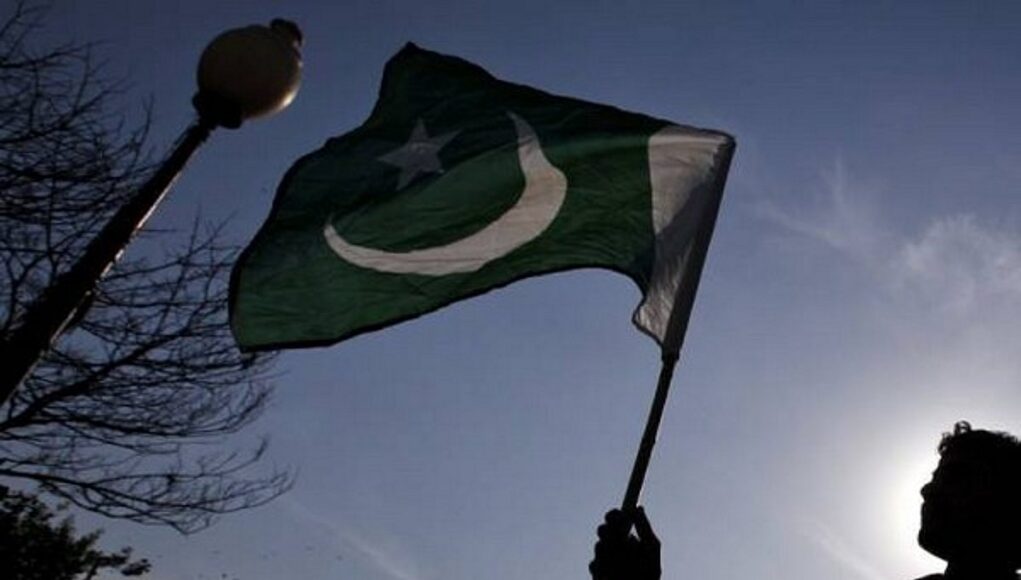Source : NEW INDIAN EXPRESS NEWS
As of 2024, Pakistan is estimated to possess around 170 nuclear warheads, according to the Centre for Arms Control and Non-Proliferation, a sharp increase from the 60–80 warheads projected by the DIA in 1999.
At its current pace, the stockpile could grow to 200 warheads by 2025. Unlike India, Pakistan does not publicly disclose the size or composition of its nuclear arsenal, making it harder to assess the full extent of its capabilities.
While Islamabad remains focused on India, New Delhi is prioritising its response to China. “India views China as its primary adversary and Pakistan more an ancillary security problem to be managed,” the report says.
It adds that Prime Minister Narendra Modi is expected to concentrate on strengthening India’s global leadership position, countering China’s influence, and modernising the country’s military forces.
The DIA also cited recent military exchanges between India and Pakistan in early May. After a terrorist attack in Jammu and Kashmir in late April, India conducted missile strikes on terrorist infrastructure in Pakistan and Pakistan-occupied Jammu and Kashmir.
The strikes triggered several days of retaliation, including missile, drone and artillery fire by both sides between 7 and 10 May. A ceasefire was agreed upon on 10 May.
The DIA warns that despite temporary calm, the risk of future escalation remains high due to the lack of sustained dialogue and the expanding military capabilities on both sides.
The report underscores that Pakistan’s deepening ties with China and its focus on nuclear weapons development add new layers of complexity to regional security dynamics.
As strategic competition in the Indo-Pacific intensifies, the DIA concludes that South Asia will remain a hotspot for potential conflict, shaped by nuclear risk, cross-border tensions, and the evolving power balance between India, Pakistan and China.
SOURCE :- NEW INDIAN EXPRESS








